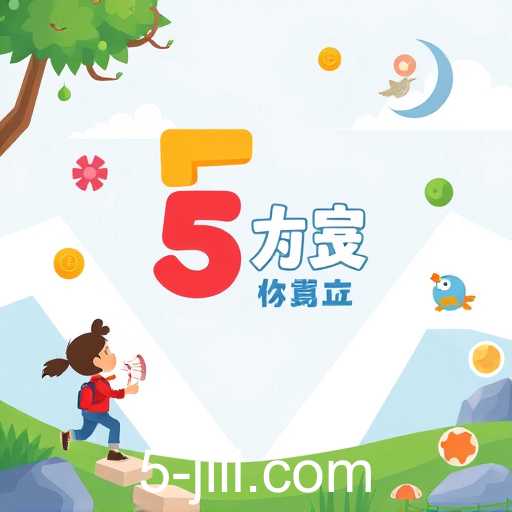This article delves into the 'Educational Games' category, focusing on how games labeled with the keyword '5 jili' contribute to innovative learning experiences.
In recent years, educational games have emerged as an influential tool in modern learning environments, blending fun and interactive gameplay with valuable educational content. The category of 'Educational Games' on various platforms has garnered significant attention as educators and students alike seek new ways to enhance the learning experience. Among the myriad of keywords associated with these games, '5 jili' has become a noteworthy term, representing a subset of educational games that are gaining popularity.
The term '5 jili' encapsulates a variety of games designed to bridge the gap between entertainment and education. These games often incorporate elements from traditional subjects such as mathematics, science, languages, and history, but present them in a manner that is engaging and accessible to players of all ages. By integrating advanced technology and interactive elements, '5 jili' games offer a dynamic platform that fosters critical thinking, problem-solving, and creativity.
One of the main advantages of '5 jili' educational games is their ability to cater to different learning styles. Visual learners, for instance, benefit from games with vibrant graphics and animations, while auditory learners gain from voiceovers and sound effects. Furthermore, kinesthetic learners enjoy the hands-on interaction that many of these games provide, often requiring players to drag, drop, or rearrange objects on the screen.
Additionally, '5 jili' games often feature adaptive learning technologies, which tailor the game's difficulty and content to match the player's proficiency level. This personalized approach helps maintain a balance between challenge and success, keeping learners engaged and motivated to improve their skills.
Beyond individual learning, '5 jili' games frequently offer collaborative features that encourage teamwork and communication. Multiplayer modes or online platforms connect players worldwide, allowing them to tackle educational challenges together. This collaborative environment fosters social skills while also providing players with diverse perspectives and ideas.
Moreover, the integration of feedback mechanisms in '5 jili' games ensures that players receive instant responses to their actions. This immediate feedback loop is crucial for learning, allowing players to quickly understand and rectify mistakes, reinforcing concepts in real-time.
Overall, the 'Educational Games' category, particularly those associated with the '5 jili' keyword, represents a promising avenue in education technology. As these games continue to evolve, they offer significant potential to enrich traditional educational methods, ultimately contributing to a more engaging and effective learning journey for users of all ages.




